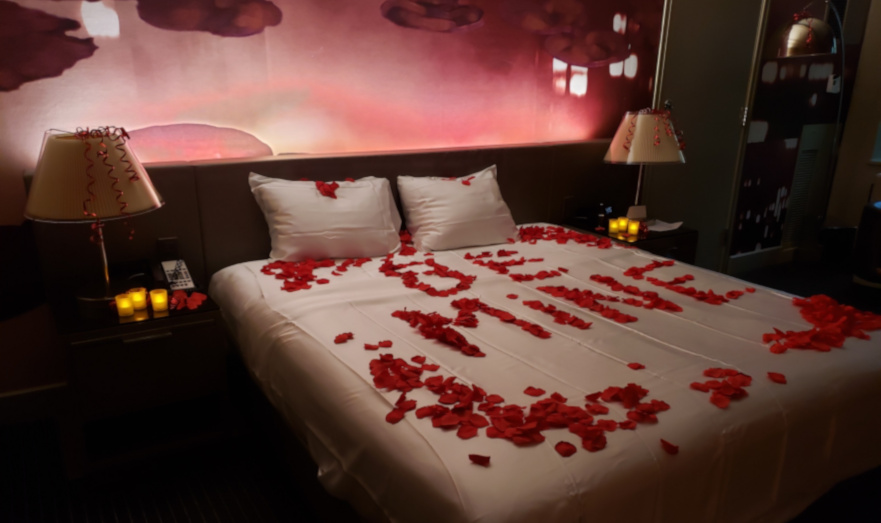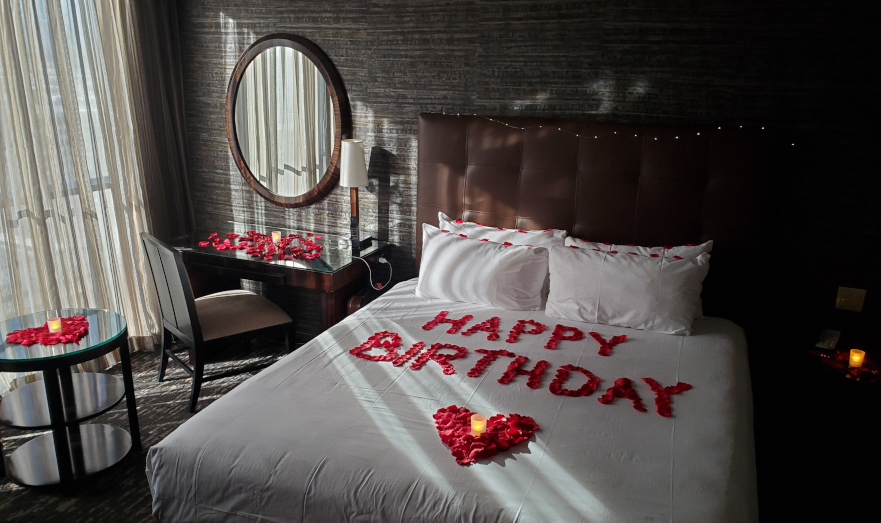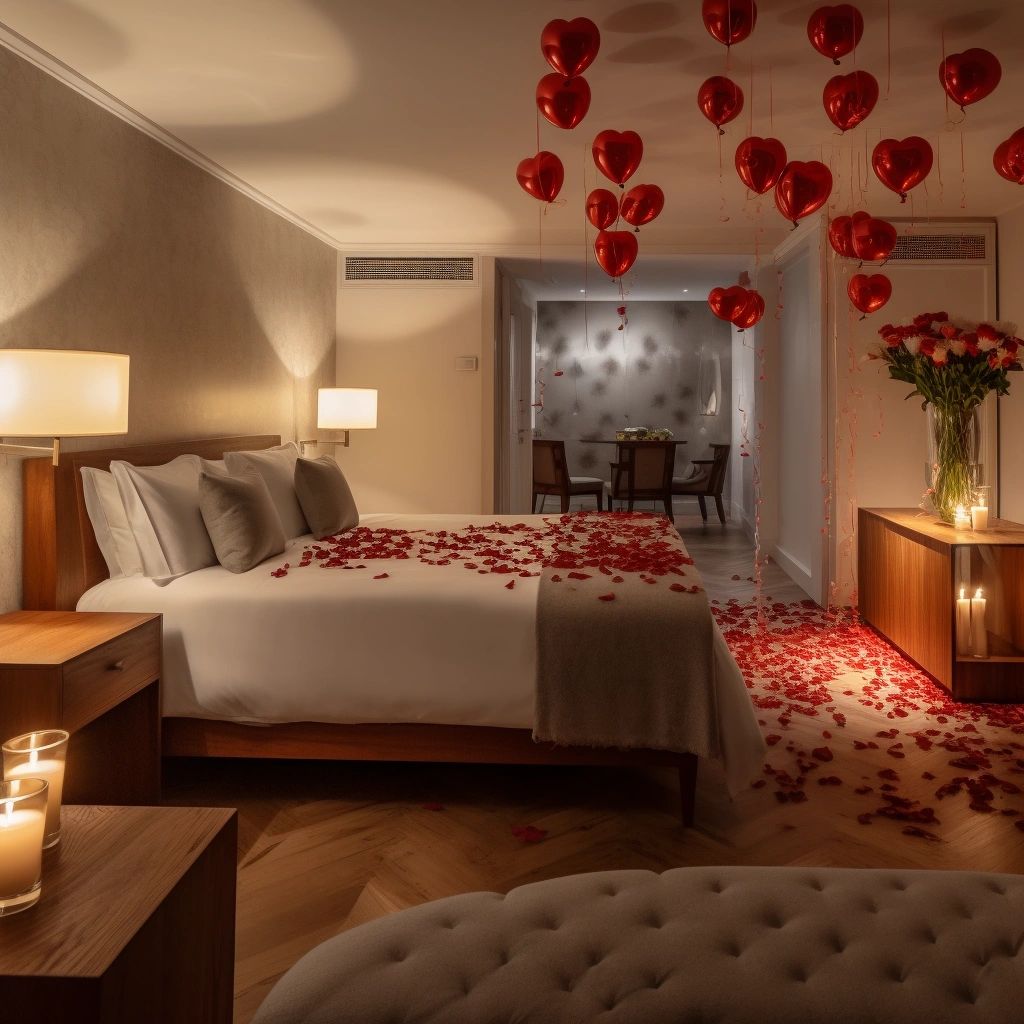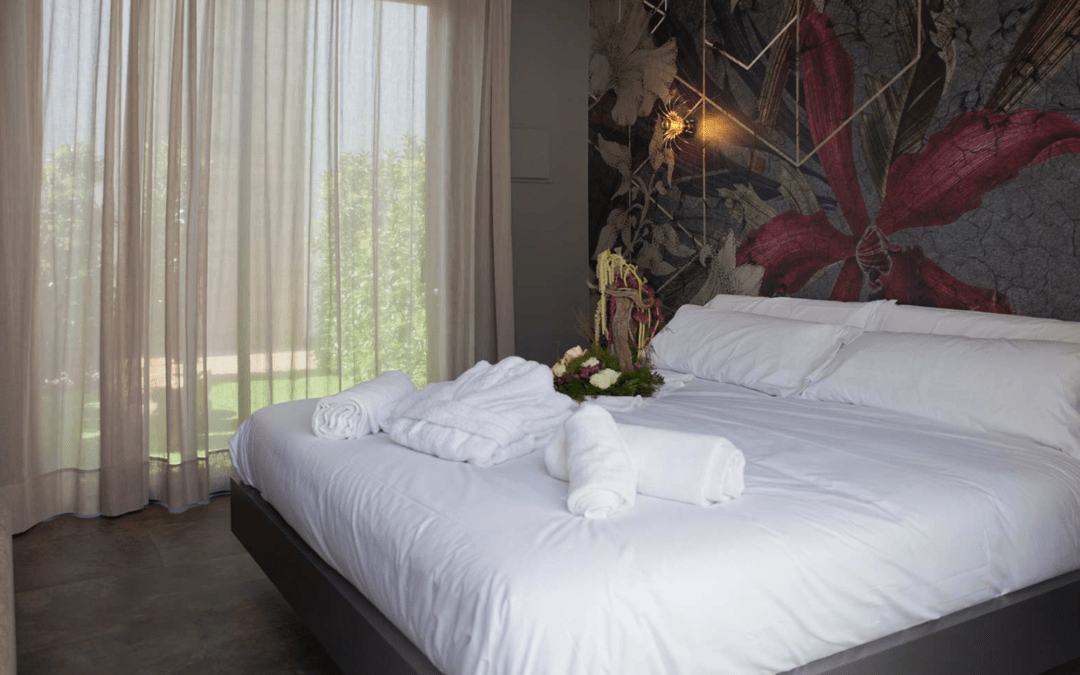When it comes to travel, the hotel experience can significantly shape our adventures. As an avid traveler, I’ve had my fair share of hotel stays, and I’ve come to realize that the ambience of a hotel room plays a crucial role in how we feel about our trips. In this article, we’ll dive deep into the world of hotel room decoration, sharing tips, insights, and personal stories to transform your stay into something extraordinary.
Understanding Hotel Room Decor
Hotel room decor transcends mere aesthetics; it’s about creating an inviting atmosphere that makes guests feel at home. From color schemes to furniture choices, every element plays a part in defining the overall experience. Let’s explore the essential components of hotel room decoration.
The Psychology of Color in Hotel Rooms
Colors can evoke emotions, and understanding this can help in choosing the right palette for a hotel room.
- Warm Colors: Colors like red, orange, and yellow can create a cozy, inviting atmosphere.
- Cool Colors: Blues and greens can promote calmness and relaxation.
- Neutral Colors: Creams and grays can make a room feel spacious and sophisticated.
Furniture Layout and Comfort
The arrangement of furniture influences both functionality and comfort. Here are some tips I’ve gathered over the years:
- Place beds in a position that offers a view or natural light.
- Use multi-functional furniture to maximize space.
- Ensure there are clear pathways for easy movement.

Personal Experience
During a recent stay at a boutique hotel in New Orleans, I found myself enchanted by the way the furniture was arranged. The cozy sitting area by the window and the luxurious bedding made my stay feel indulgent and restorative.
Essential Elements of Hotel Room Decoration
Textiles and Fabrics
Textiles play a crucial role in setting the mood of a room. Consider these aspects:
- Bedding: High-quality linens can elevate the comfort level.
- Curtains: They should be both functional (for blocking light) and aesthetic.
- Rugs: Adding a plush rug can create warmth and comfort.
Lighting: The Overlooked Element
Lighting can dramatically alter the perception of a space. Here’s how to get it right:
- Layered Lighting: Combine ambient, task, and accent lighting.
- Dimmer Switches: Allow flexibility in brightness, adapting to different moods.
- Natural Light: Maximize windows to create a refreshing atmosphere.

Pros and Cons of Different Lighting Options
| Lighting Type | Pros | Cons |
|---|---|---|
| LED | Energy-efficient, long-lasting | Can be too bright for some settings |
| Incandescent | Warm light, widely available | Less energy-efficient, shorter lifespan |
| Halogen | Bright and focused light | Heat generation, less energy-efficient |
Creating a Cohesive Theme

Choosing a Decor Style
It’s essential to select a theme that resonates with your target audience. Popular themes include:
- Modern Minimalism: Clean lines and a less-is-more approach.
- Bohemian: A mix of colors, patterns, and textures for a laid-back feel.
- Classic Elegance: Timeless pieces and a sophisticated palette.
Comparing Decor Styles
| Style | Characteristics | Best Suited For |
|---|---|---|
| Modern Minimalism | Neutral colors, sleek furniture | Business travelers, urban settings |
| Bohemian | Eclectic decor, vibrant colors | Creative spaces, vacation retreats |
| Classic Elegance | Rich colors, luxurious fabrics | Luxury hotels, upscale clientele |

Incorporating Nature into Design
Bringing the outdoors inside can enhance the hotel experience. Some effective ways to do this include:
- Incorporating plants and greenery for a fresh atmosphere.
- Utilizing natural materials like wood and stone.
- Enhancing views with large windows and balconies.
My Personal Encounter with Nature-Inspired Decor
One of my memorable hotel stays was at a mountainside retreat where the decor seamlessly blended with the natural surroundings. The large windows overlooking the forest, combined with wooden beams, created an immersive experience in nature.

Tech Integration in Hotel Rooms
In the modern age, technology plays a crucial role in enhancing guest experiences. Here are some aspects hotels should consider:
Smart Room Features
- Smart Thermostats: Allow guests to control room temperature for optimal comfort.
- Voice-Controlled Assistants: Enhance convenience and guest interaction.
- Mobile Room Keys: Improve security and ease of access.

The Future of Hotel Room Decoration
As technology evolves, the integration of smart features will become increasingly important. My recent stay at a tech-savvy hotel offered a tablet to control everything from lighting to room service. It significantly enhanced my experience, adding a layer of convenience.
Creating a Welcoming Environment
Personal Touches
Incorporating elements that make a room feel personalized can significantly improve guest satisfaction. Consider:
- Local artwork to reflect the culture.
- A curated selection of books or magazines.
- Welcome notes or treats for guests.
Pros and Cons of Personal Touches
| Personal Touch | Pros | Cons |
|---|---|---|
| Local Artwork | Creates connection to the area | May not appeal to all guests |
| Books/Magazines | Provides entertainment | Requires regular updates |
| Welcome Notes | Enhances personal connection | Time-consuming to create |
Budget-Friendly Hotel Room Decoration Ideas
Not every hotel has a large budget for decor. Here are some cost-effective ideas:
- Repaint walls—fresh paint can make a significant difference.
- Use removable wallpaper for an updated look without permanent changes.
- Repurpose furniture from other areas of the hotel.
My Experience with Budget Revamps
I once stayed at a lovely hotel that had clearly been revamped on a budget. The fresh coat of paint and updated linens made the room feel modern and welcoming, even without expensive decor. It’s a great reminder that creativity often trumps cost.
Frequently Asked Questions (FAQs)
What are the latest trends in hotel room decoration?
The latest trends include eco-friendly materials, smart technology integration, and biophilic design, which focuses on connecting nature with indoor spaces.
How can I make my hotel room feel more like home?
Incorporate personal touches, such as familiar scents, cozy textiles, and artwork that resonates with you. Small amenities like snacks or favorite toiletries can also enhance the experience.
What colors are best for a relaxing hotel room?
Soft blues and greens are considered calming, while neutral colors can create a serene environment. It’s essential to balance colors to avoid overwhelming the space.
How can lighting affect hotel room decor?
Lighting not only affects visibility but also sets the mood. Layered lighting can provide different atmospheres for various purposes, from work to relaxation.
Conclusion
Decorating a hotel room is more than just aesthetics; it’s about creating an experience that resonates with guests. From choosing the right color palette to integrating personal touches and technology, every decision invites guests into a world of comfort and style. As travelers, we value our surroundings, and a beautifully decorated hotel room can elevate our adventures, leaving lasting memories. So next time you check into a hotel, take a moment to appreciate the design choices that contribute to your experience!